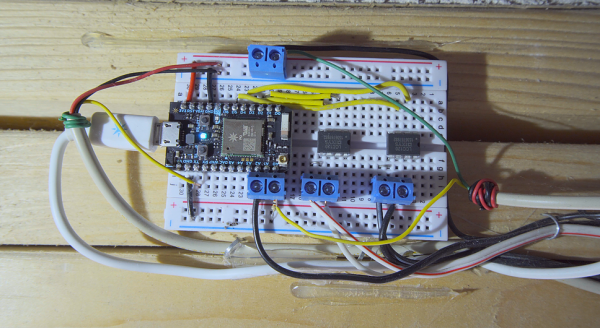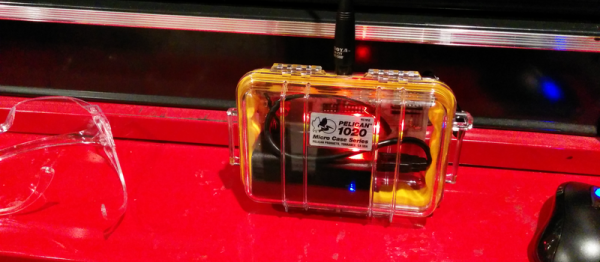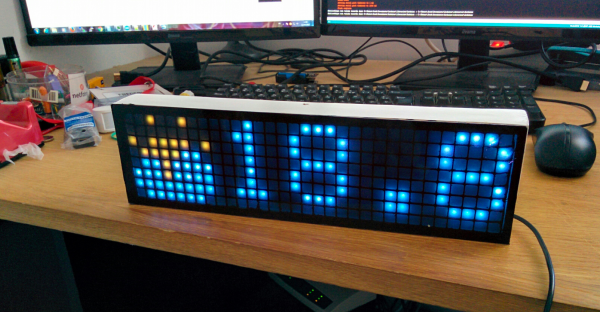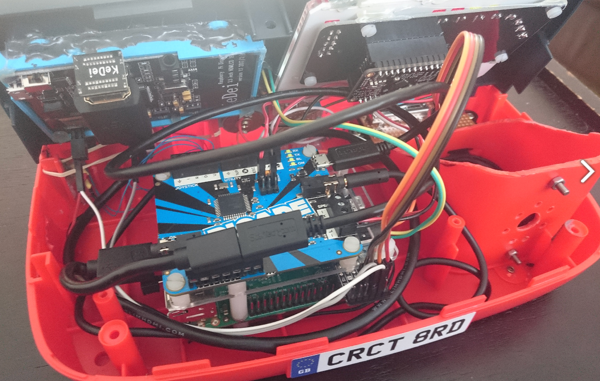[yoyotechKnows] built an Alexa-controlled garage door opener after his Liftmaster stopped working. Now all he has to do is holler at his mobile phone and he can raise and lower his garage doors at will.
His project is based around a Photon WiFi kit, with a pair of LCC 120 digital relays triggering the two doors, reed switches, and a serial-equipped LCD to display door status, with Alexa, IFTTT, and OpenHab to process the commands. You can find his code in the project writeup.
Currently he has a LCD display informing him of the status of each door, hot glued a reed switch to keep track of whether each one is closed. This might seem a little bit extraneous since he can also just look at the doors from within the garage. However, he’s thinking about putting the display inside his house. But couldn’t he just ask Alexa?
We love us our home automation here at Hackaday, with everything from swimming pools to chicken coops rigged for app control and datalogging.

















